Etching
Signed in the lower left margin PL Pinxt. et Sculpt.
Centrally signature of the publisher: Vincentius Billy formis in Rome.
“Altro diletto ch'imparar non trotro” – The artist is represented as a student of culture, who turns his back on the sensual pleasures and delights of Bacchus and Priapus. Vice is represented by satyrs, Pan, Priapus and dancing figures.
Another specimen of the same subject, edition and dimensions is in the museum in Milan, in the Castello Sforzesco, coming from the private collection of Riccardo Lampugnani.
There is news on:
Bartsch Vol. XX Page. 130III/III
A Youth between Virtue and Vice
And
Bellini, 2011 catalog (induction value 1000 euros)
The subject of this print is a reflection on Testa's intellectual pleasure, in the guise of the naked and pure young hero, who impersonates the painter-philosopher described by Vitruvius.
The conception of delight depicted here takes up the Aristotelian theory according to which man tends towards knowledge
The Beloved is depicted, in a heroic pose, at the foot of the statue of Minerva, goddess of wisdom, with books, a celestial globe, etc.
The motto Altro Diletto ch'imparar non trovo, which can be read on the shield, is a quotation taken from Petrarch's Triumph of Love, taken from the edition of Vitruvius.
The inspiration of this scene is classical. In particular, the young man derives from the statue of Mercury by François Duquesnoy, and both refer to the Antinous of the Belvedere.
About 1644
State: third state out of three (according to Bellini) Specifications: with the addition of V. Billy's address
Measurements of the engraved part
mm387 x 520
Footprint mm394 x 525
Sheet 420 x 567 mm
Paper with watermark
Wide margins, slight trace of vertical central fold and another transversal one evident only on verso. Minimal foxing otherwise excellent condition.
Pietro Testa, known as il Lucchesino, arrived in Rome in 1629, was probably first at Domenichino's school, then at the workshop of Pietro da Cortona, his true master. But Cortona was forced to expel him from his school due to the attitude of contemptuous superiority assumed by the pupil.
Testa then frequented the house of his first patron, the famous collector Cassiano del Pozzo, for whom he made drawings from antiquity. It was probably in his house that he met the painter Nicolas Poussin, who will profoundly influence his art.
However, the fact remains that his engravings (which amount to about 40 plates) were considered since ancient times, starting from Sandrart and Baldinucci, the most important graphic works of the Italian 1600s.












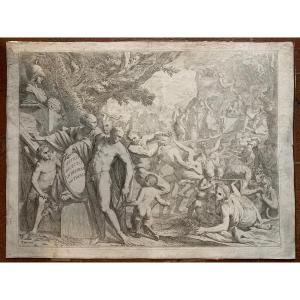













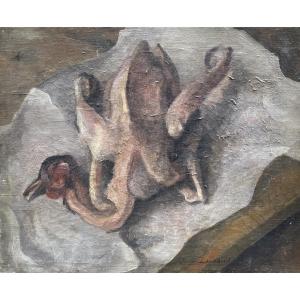

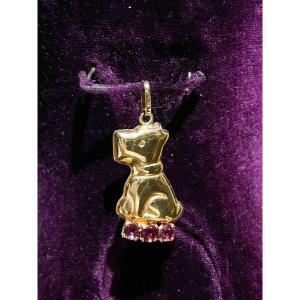


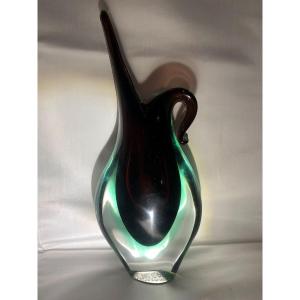





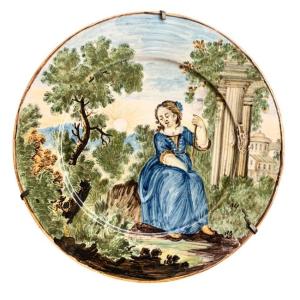

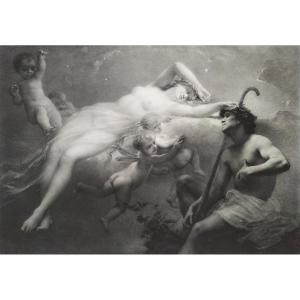


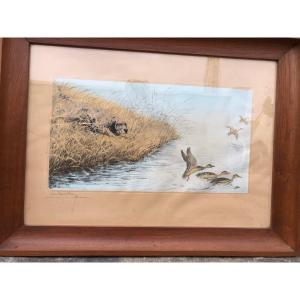



 Le Magazine de PROANTIC
Le Magazine de PROANTIC TRÉSORS Magazine
TRÉSORS Magazine Rivista Artiquariato
Rivista Artiquariato